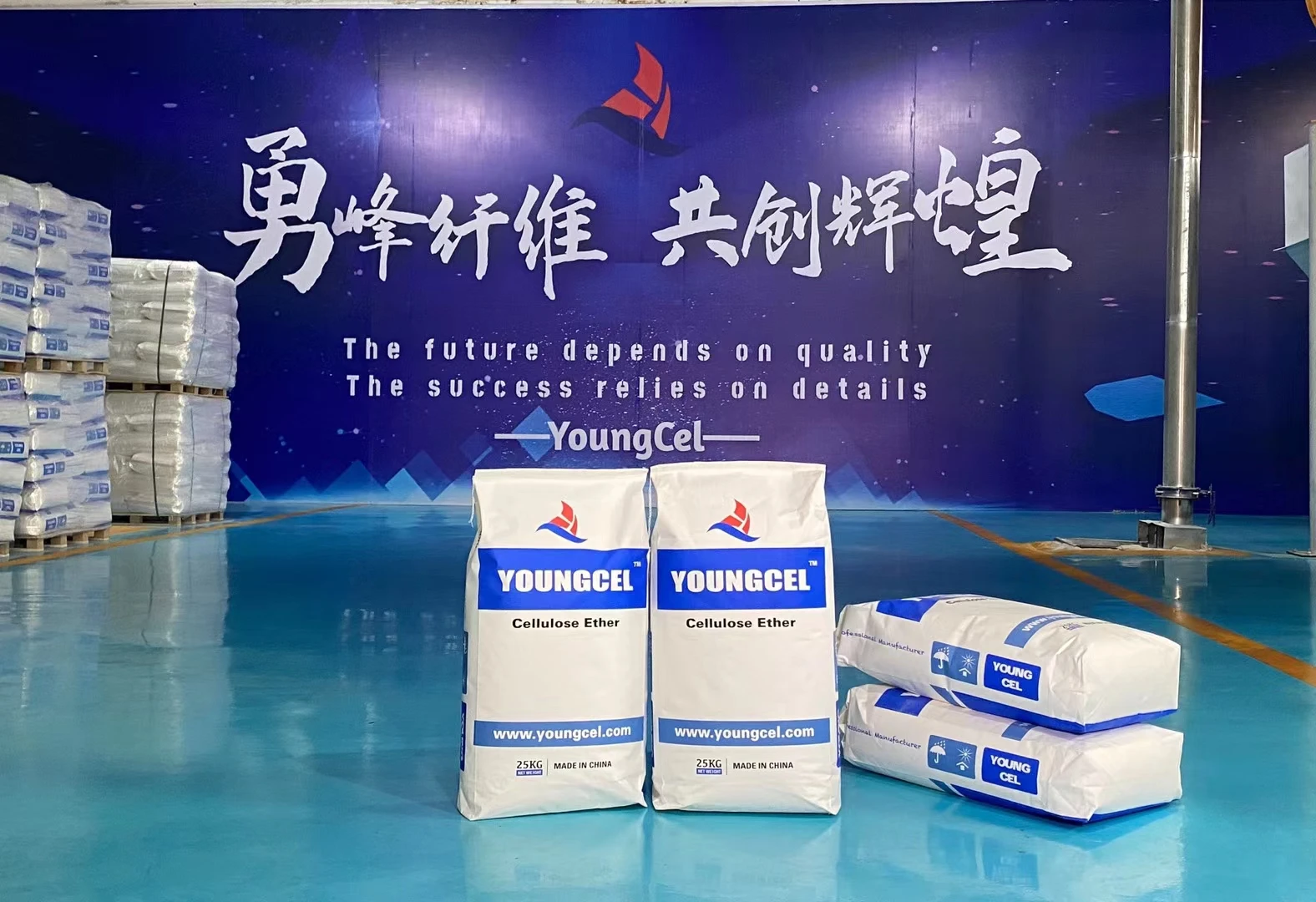Chemical Composition and Applications of Hydroxypropyl Methylcellulose (HPMC)
Hydroxypropyl Methylcellulose (HPMC) is a versatile polymer widely used in various industries due to its unique chemical properties. As a non-ionic, water-soluble cellulose ether, HPMC is primarily derived from cellulose, which is obtained from plant fibers. The chemical composition of HPMC primarily consists of hydroxypropyl and methyl groups that are introduced into the cellulose backbone, altering its solubility and functional characteristics.
The degree of substitution, which indicates the number of hydroxyl groups that have been replaced by hydroxypropyl and methyl groups, is a critical parameter that defines the properties of HPMC. The varying ratios of these substituents result in different grades of HPMC, each tailored for specific applications. For instance, higher hydroxypropyl content often enhances solubility in cold water, making it particularly useful in food applications, while a higher methyl content is associated with increased viscosity, beneficial in construction materials.
HPMC plays a crucial role in the construction industry, where it is commonly used as a thickening agent and stabilizer in mortars and plasters. Its ability to retain water significantly improves workability, allowing for better adhesion and less cracking in cement-based products. Additionally, it provides a greater open time, giving builders more flexibility during construction. Furthermore, HPMC is used in tile adhesives, helping to improve the bond strength between tiles and substrates.
In the pharmaceutical industry, HPMC is valued for its binding and film-forming properties. It serves as an excipient in tablet formulations, ensuring uniformity and stability of the active ingredients. HPMC's controlled-release properties allow for the design of sustained-release formulations, which are particularly beneficial for managing chronic conditions. Additionally, it is used in the production of capsules as a vegan alternative to gelatin, catering to the growing demand for plant-based products.
chemical hpmc

The food industry also makes extensive use of HPMC as a food additive. It serves as a thickener, emulsifier, and stabilizer in a variety of products, ranging from sauces and dressings to ice creams and baked goods. Its ability to form gels and mimic the texture of fats makes it an excellent choice for low-fat and gluten-free formulations, contributing to healthier food options without compromising taste and consistency.
Beyond these applications, HPMC is employed in the cosmetic and personal care industries for its hydrating and film-forming abilities. It is a common ingredient in lotions, creams, and shampoos, where it helps to improve texture and stability. HPMC can enhance the sensory experience of personal care products, providing a smooth and velvety feel upon application.
Environmental sustainability is becoming increasingly important across all industries, and HPMC aligns well with this trend, as it is derived from renewable resources. Furthermore, its biodegradability ensures that it does not contribute to long-term environmental pollution, making it a preferred choice for companies aiming to present eco-friendly products.
In summary, Hydroxypropyl Methylcellulose (HPMC) is a chemically versatile compound that offers numerous benefits across various sectors, from construction to pharmaceuticals and food processing. Its unique properties, including water solubility, thickening abilities, and film formation, make it an indispensable ingredient in many formulations. As industries continue to focus on sustainability and health, the demand for HPMC and its derivatives is likely to grow, further enhancing its significance in modern applications. The ongoing research and development efforts to explore new applications and improve the chemistry of HPMC will solidify its position as a vital polymer in the contemporary landscape.
-
A Comprehensive Guide to Methyl Ethyl Hydroxyethyl Cellulose: Applications and Industry InsightsNewsNov.24,2025
-
Understanding Methyl 2 Hydroxyethyl Cellulose: Uses, Benefits & Industry InsightsNewsNov.24,2025
-
Hydroxyethyl Methyl Cellulose HEMC: Industrial Uses, Benefits & Future TrendsNewsNov.23,2025
-
HEMC Cellulose: Versatile & Sustainable Industrial Polymer | YoungcelNewsNov.23,2025
-
Methyl Hydroxyethyl Cellulose: Versatile Building Block for Industry & SustainabilityNewsNov.23,2025
-
CAS 9032 42 2: Understanding Polyvinyl Alcohol's Impact on Industry & SustainabilityNewsNov.22,2025




